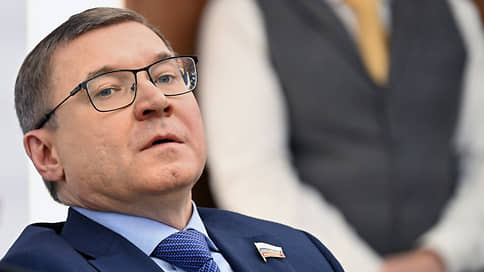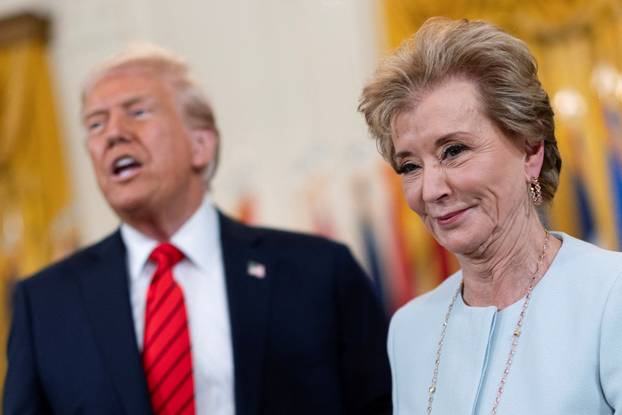Expert Ilya Shumov about investments in agricultural land

Agricultural lands were historically considered a seller’s market, which set prices for the most significant transactions. But now the balance is increasingly shifting towards the buyer, opening new opportunities for investors.
The gross marginality in individual crops remains high, but in general, the profit per 1 ha gradually decreases since 2022. This is explained by the correction of world prices for crop production after the records of 2021, that is, in fact, their normalization, the introduction of export duties on grain, oil and products of their processing in Russia, the growth of specific operating expenses and the cost of financing. A decrease in profit by 1 hectares is uneven among companies: agricultural holdings with a large land bank felt less, which can invest in an increase in efficiency.
The cultivation of the same crops on the same plot of land from year to year leads to depletion of the soil. Agrarians need to observe crop rotation, alternate various crops.
It is not always possible to determine which culture is most profitable to plant. Grain, rapeseed, soy and other cultures are, in fact, an exchange product, the prices of which are determined by the market. And here a set of factors is connected: the area of crops, productivity, export and import correction. The open -air business is not like factory production, where the owner can influence almost all processes.
The cost of companies engaged in crop production is derivatives from profit per 1 ha and the cost of financing. Agrarians are one of the few who have access to subsidized business loans. You can attract funds for seasonal work at the rate of half a key plus 2%. But few people are ready to receive M&A financing in banks at the Central Bank rate of 21%. So transactions in most cases are concluded at the expense of customers’ own funds. Therefore, in crop production, we see price correction. On average, such businesses are now sold at a price lower by 20-30% of the indicators of 2021–2022.
The main buyers in the market are diversified agricultural holdings, which, in addition to crop production, have other areas of business.
Or we can talk about groups with assets in other industries. For diversified agricultural holdings, the purchase of land is, in addition, the possibility of deeper vertical integration of the business, which allows reducing dependence on external suppliers of crop production and become more protected from market conditions.
Mergers and acquisition transactions can be concluded, for example, manufacturers of birds who make a bet on the development of a crop direction to reduce dependence on feed sellers. Another example is when large holdings are created from scratch due to assets redeemed in recent years. For such companies, this is an opportunity to purchase an additional land bank for less money.
According to Befl, the TOP-10 Land Bank of agricultural holdings for 2024 increased by 0.7 million hectares, or by 10%. In 2023, the largest companies increased the total volume of occupied areas by 0.3 million hectares, or 5%, in 2024-by 0.2 million hectares and 3%, respectively. This year it is worth waiting for an increase in the number of M&A transactions, but rather it will be the sale of relatively small land banks, up to 50 thousand hectares. Owners of larger assets who want to realize them will rather wait for a reduction in the key rate to sell the business more expensive.








